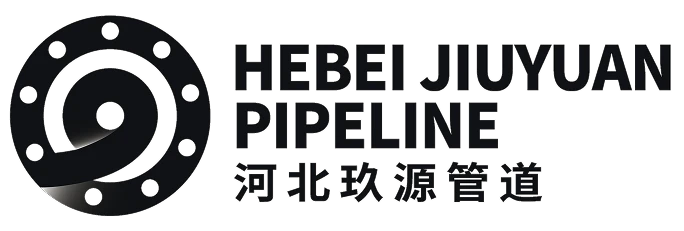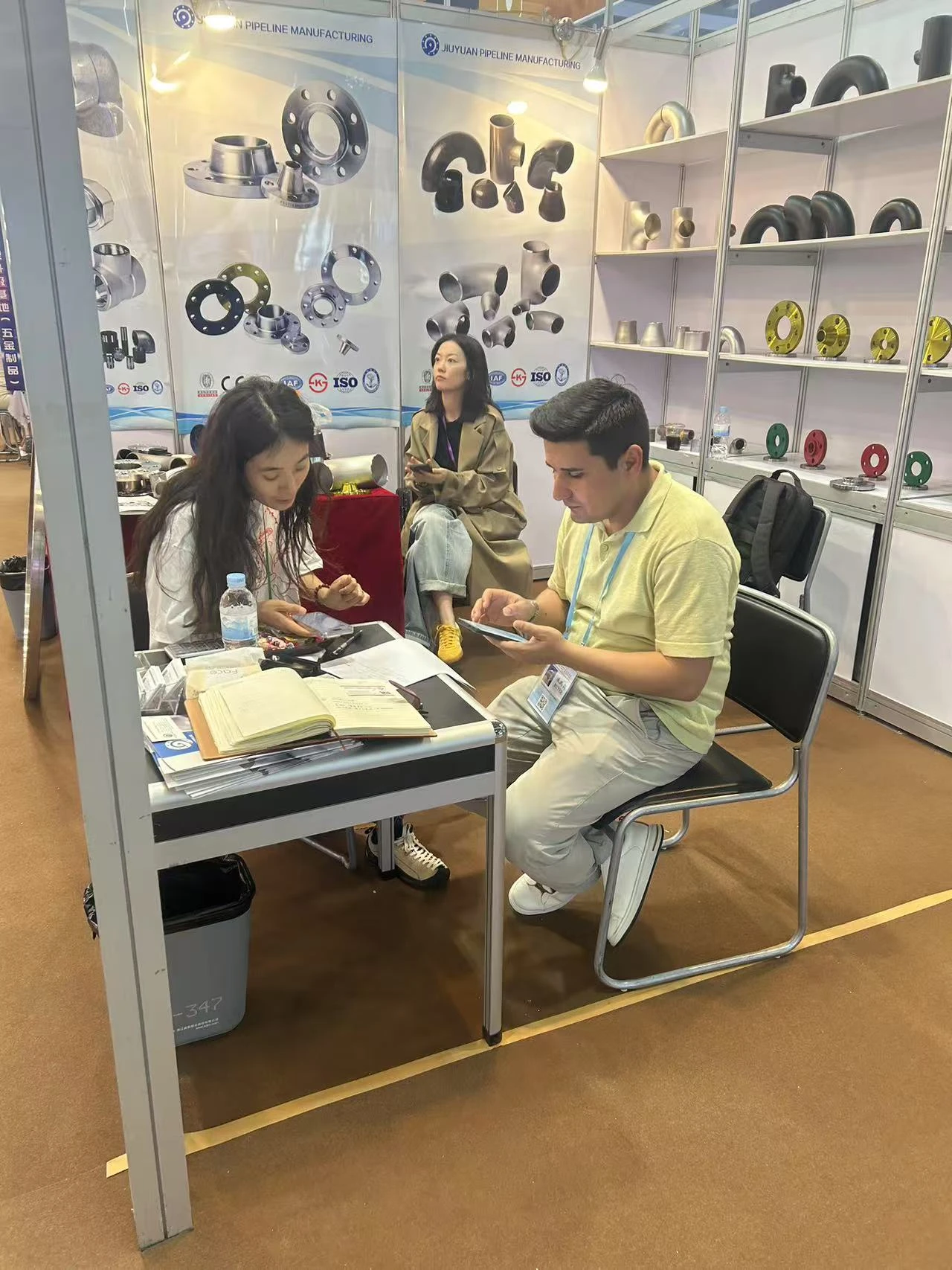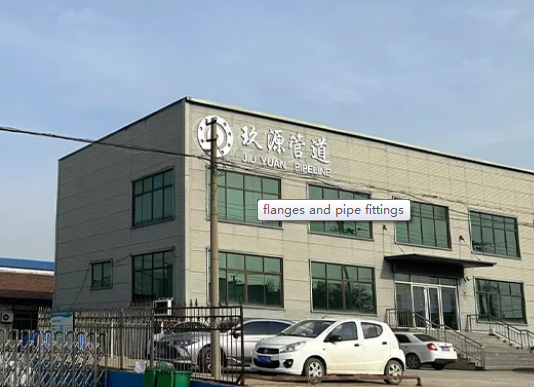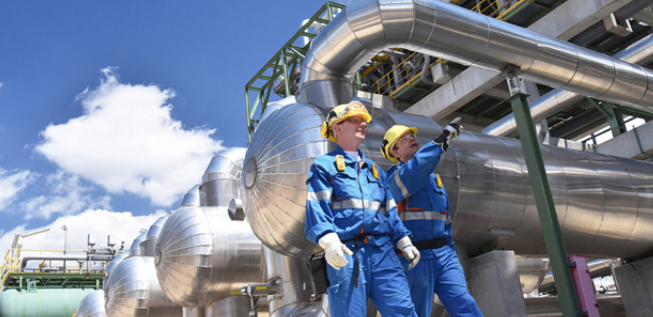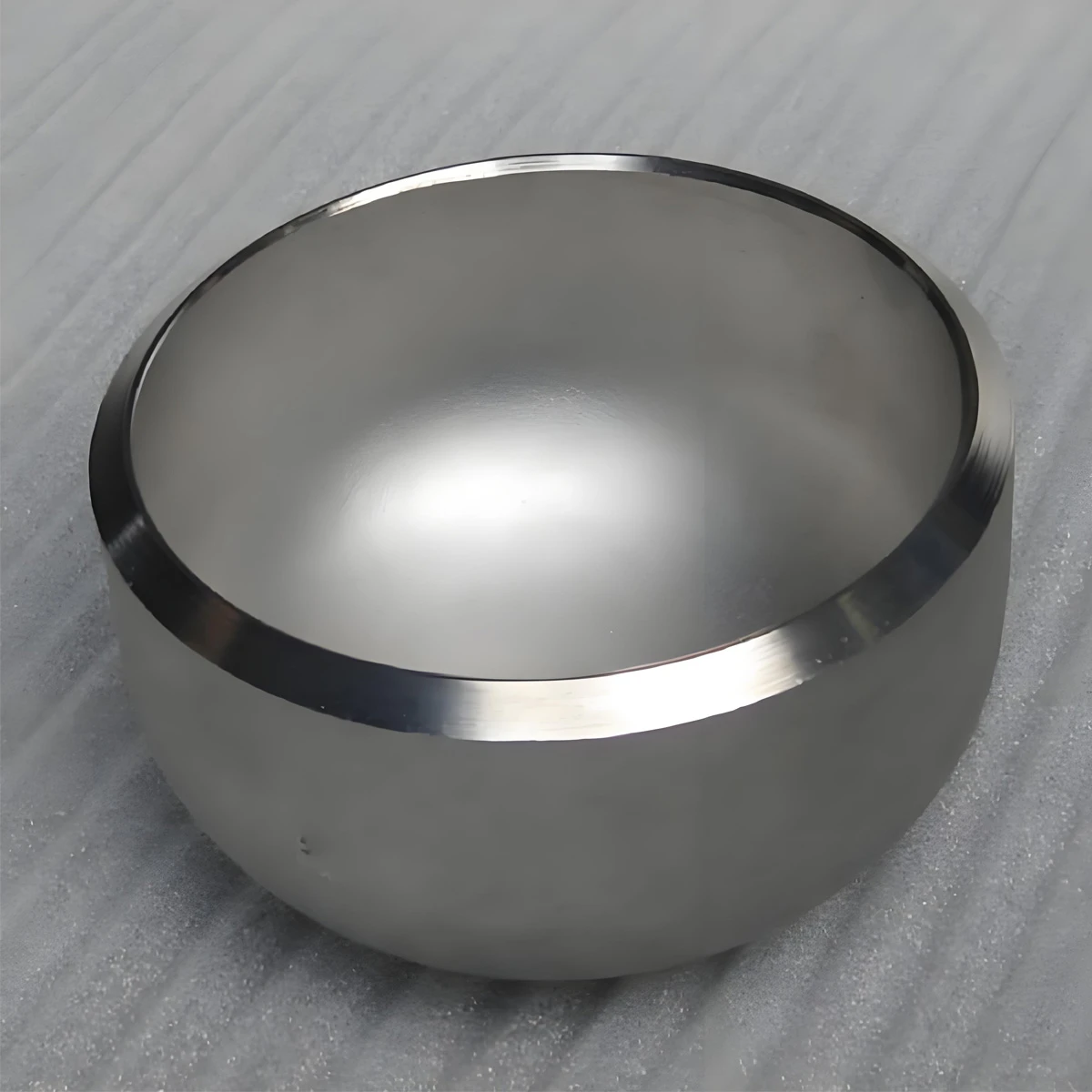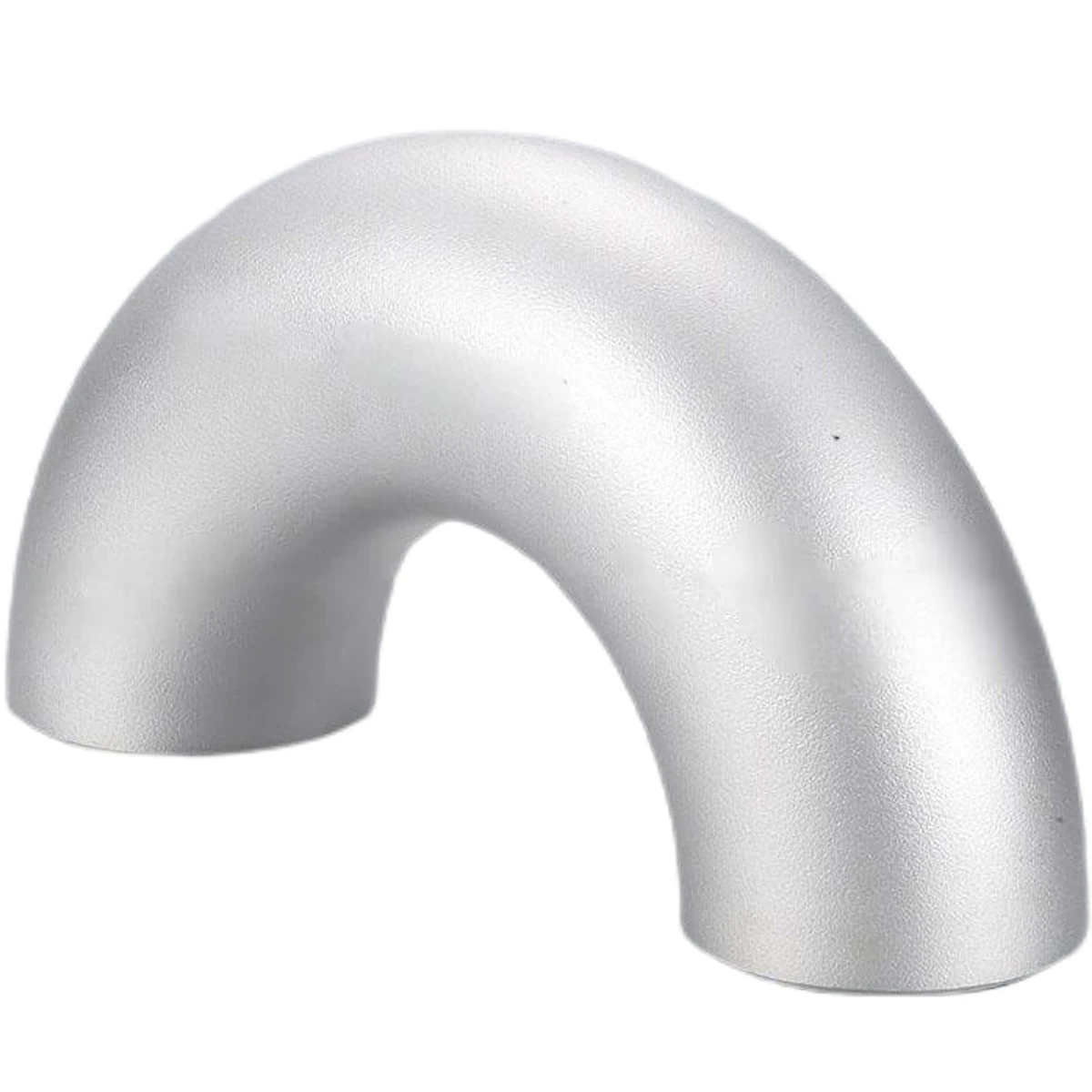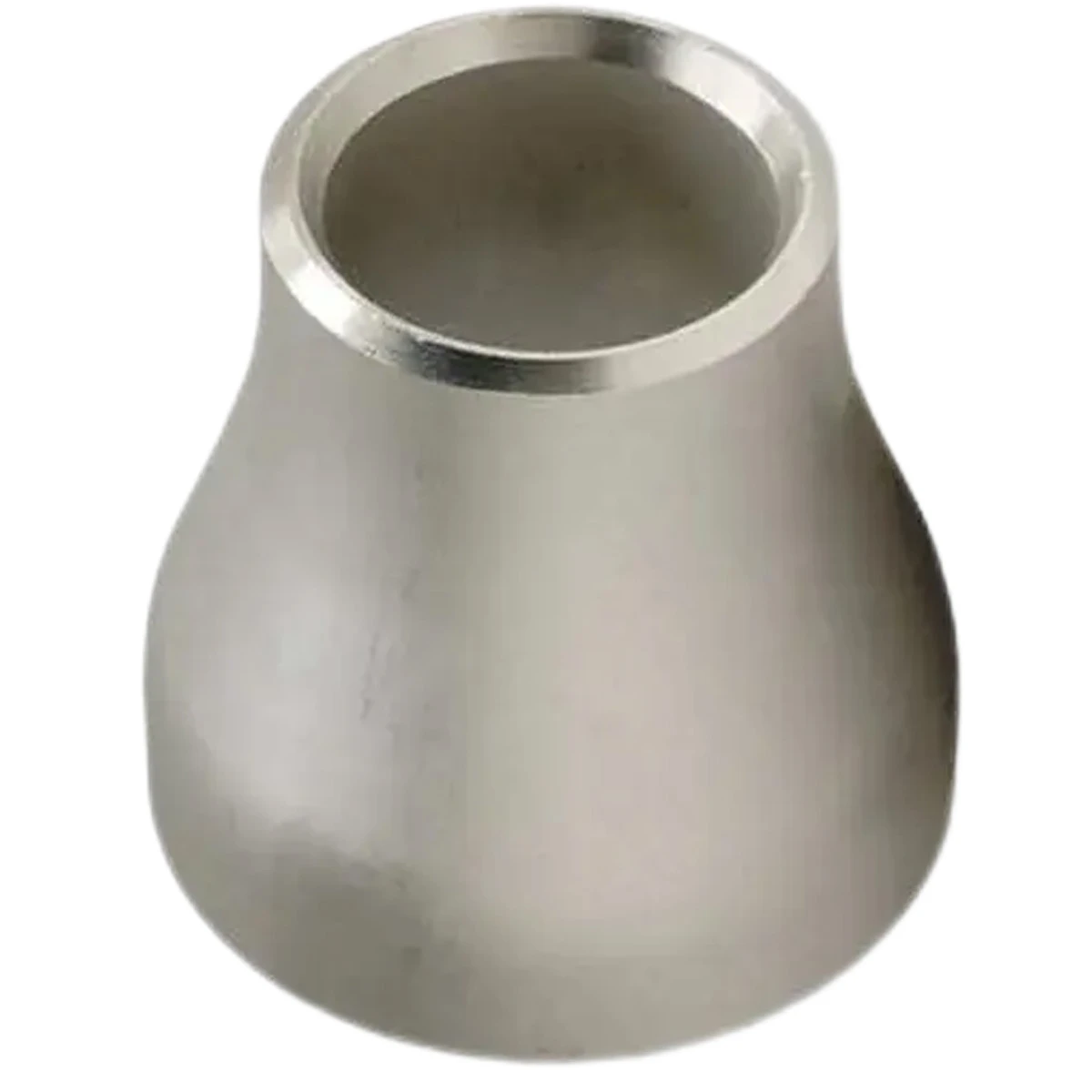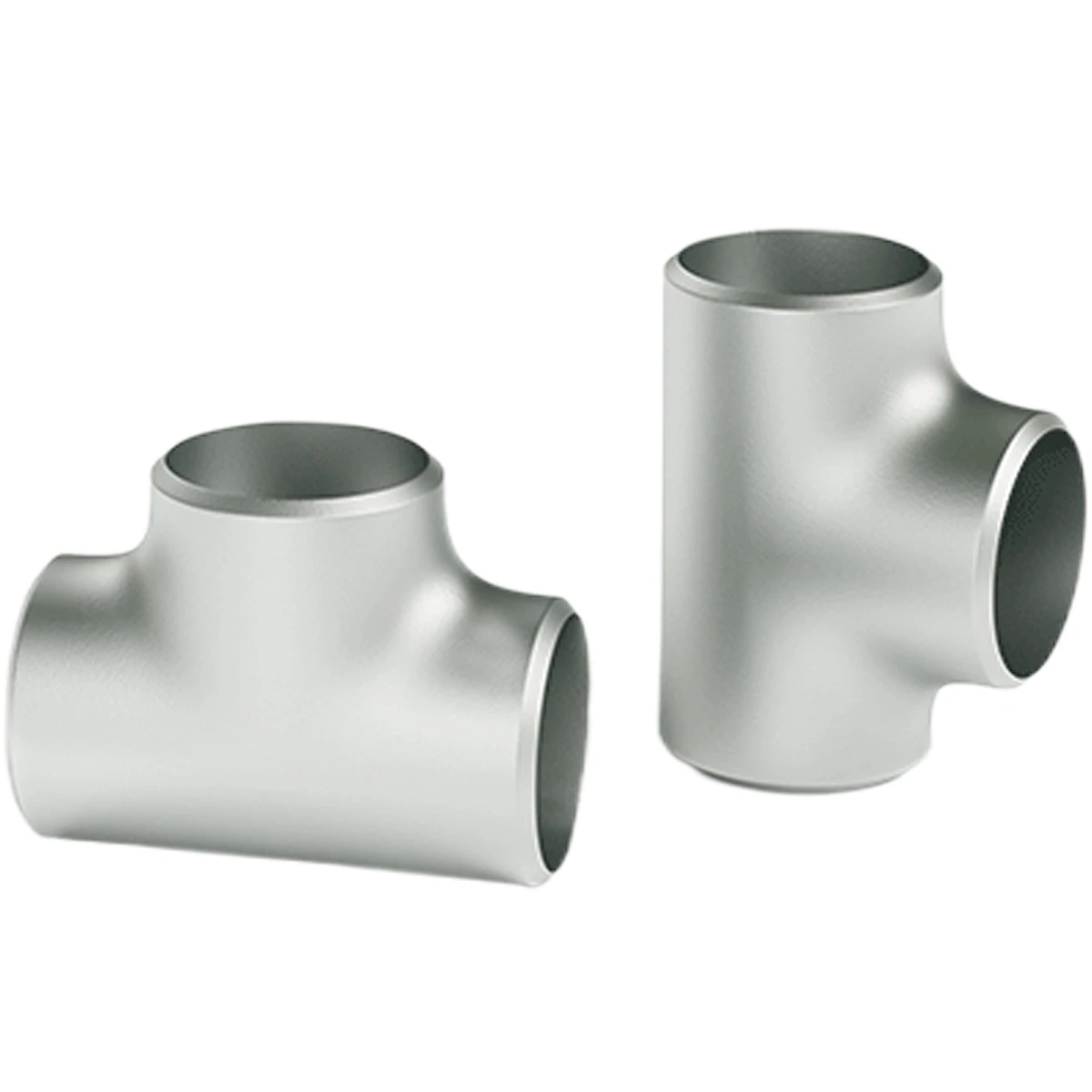-
Apr. 28, 2025
-
Aug. 22, 2025
-
Aug. 22, 2025
-
Aug. 22, 2025
-
May. 27, 2025
-
Aug. 22, 2025
Our pipe fittings are engineered for durability, precision, and performance across a wide range of industrial and commercial applications. Manufactured from high-quality materials such as stainless steel, carbon steel, brass, and PVC, these fittings ensure reliable and leak-proof connections in both high-pressure and low-pressure systems.
Key features include corrosion resistance, high tensile strength, and excellent temperature and pressure tolerance, making them ideal for use in plumbing, HVAC, oil & gas, chemical processing, and water treatment industries. The fittings are available in a variety of types, including elbows, tees, reducers, couplings, flanges, and caps, to accommodate diverse piping layouts and design requirements.
Each fitting is produced with strict adherence to international standards such as ANSI, ASME, DIN, and ISO, ensuring compatibility and safety in demanding environments. Precision threading and smooth internal surfaces promote optimal flow and reduce turbulence, pressure drops, and potential buildup of contaminants.
Our pipe fittings come in various sizes and pressure ratings to meet project-specific demands. They are easy to install and require minimal maintenance, contributing to lower operational costs over time. With options for welded, threaded, and flanged connections, they offer flexibility and adaptability across a wide range of systems.
Whether used in new construction, upgrades, or routine maintenance, our pipe fittings deliver consistent performance, reliability, and long service life. Backed by quality assurance processes and technical support, they are the trusted choice for engineers, contractors, and facility managers seeking efficiency and safety in piping systems.
-
A pipe cap is a fitting used to seal the end of a pipe, providing a secure, leak-proof closure. It is designed to fit over the pipe's end and is commonly welded, threaded, or flanged to ensure a tight seal.
-
Pipe elbows are essential fittings used to change the direction of flow in piping systems, typically at angles of 45°, 90°, or 180°. Designed for smooth flow transition, they minimize pressure loss and turbulence. Available in various radii (short radius and long radius), elbows can accommodate different installation needs and space constraints.
-
Reducers are pipe fittings designed to connect pipes of different diameters, allowing for a smooth transition in flow between larger and smaller pipes. These fittings are crucial in systems where a change in pipe size is needed to control flow rates, pressure, or fit specific components. Reducers come in two main types: concentric reducers, where the centerlines of the large and small pipes are aligned, and eccentric reducers, where the centerlines are offset to maintain a level flow.
-
A tee pipe is a type of pipe fitting used to connect three sections of pipe, typically forming a "T" shape. It is designed to allow the flow of fluid or gas to branch off in a perpendicular direction from the main pipeline. Tees are available in various sizes and materials, including carbon steel, stainless steel, alloy steel, and PVC, making them suitable for a wide range of industries such as oil and gas, chemical processing, water treatment, and HVAC.
